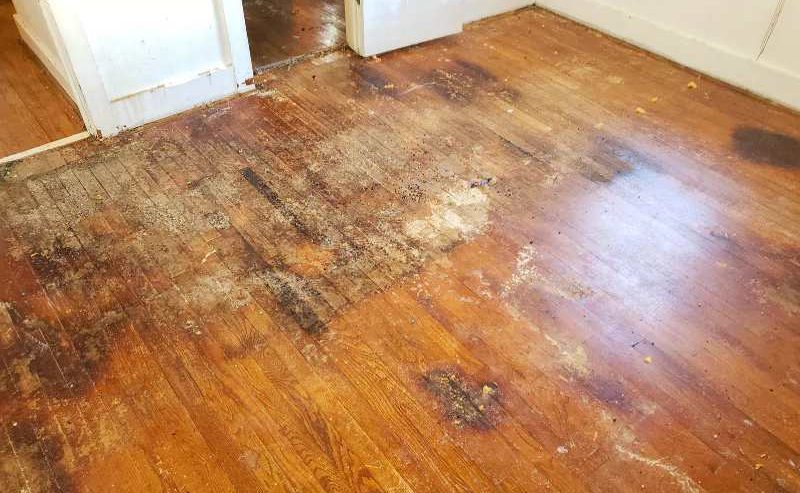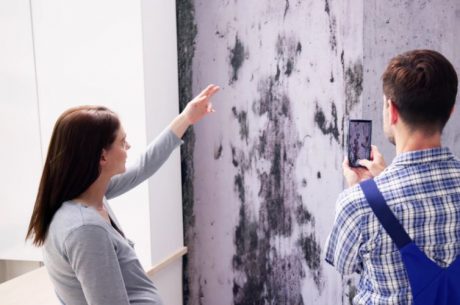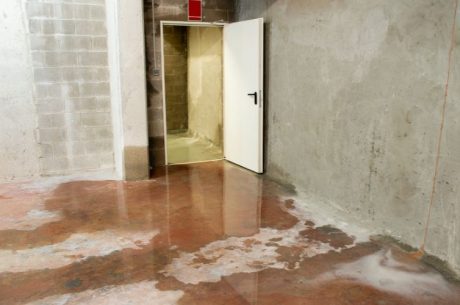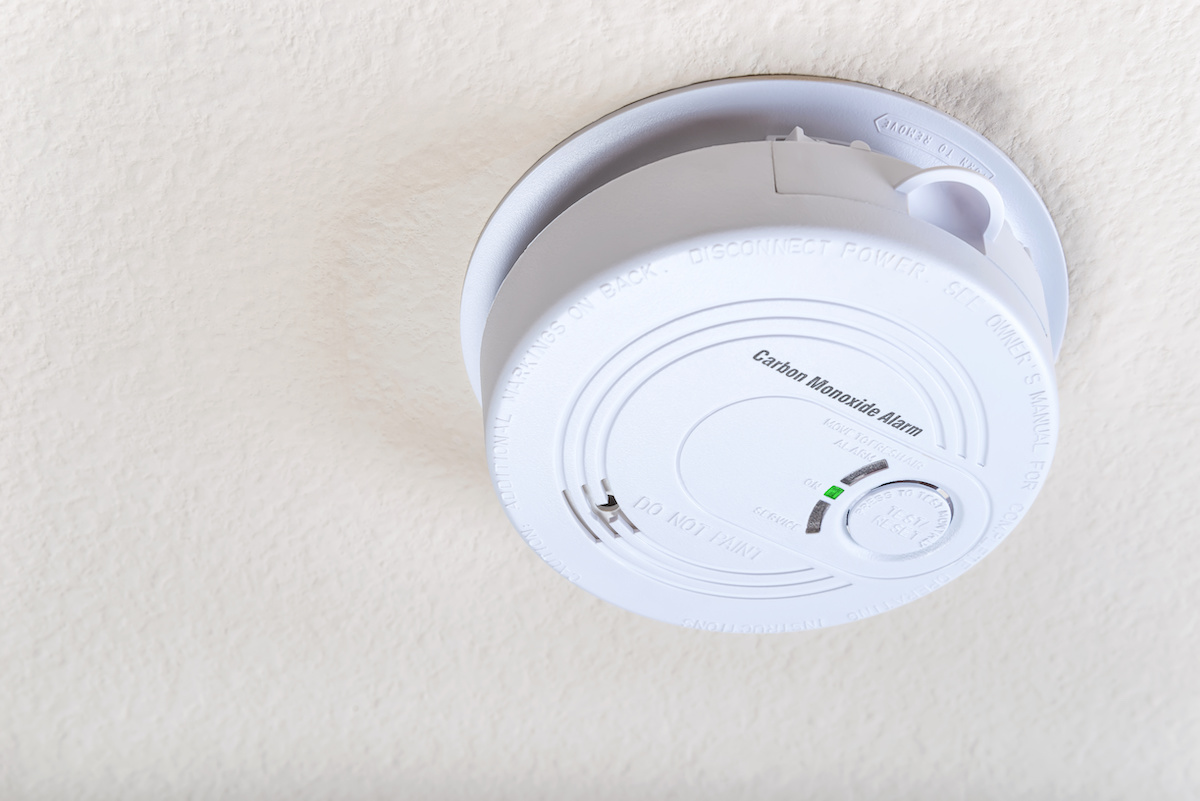
Image by Ethen Dell from Getty Images via Canva
Dealing with a water-damaged hardwood floor can be a daunting task for any homeowner. Water damage can wreak havoc on the beauty and integrity of your hardwood floors, leading to warping, discoloration, and even mold growth. However, with the right knowledge and techniques, you can restore your floors to their former glory.
In this guide, we’ll explore the signs of water damage, provide tips for restoring your floors, and answer common questions about dealing with water-damaged hardwood floors. Whether you’re a DIY enthusiast or considering professional help, these insights will help you navigate the restoration process.
Signs of Water Damage in Hardwood Floors
There are several signs to look for when checking for water damage on hardwood floors. Identifying these signs early can help prevent further damage and costly repairs. Here are some common indicators of water damage in hardwood floors:
- Warping or buckling
- Discoloration or stains
- Cupping or crowning
- Soft or spongy spots
- Musty or moldy odors
- Gaps or separations between boards
- Peeling or bubbling finish
- Swelling or expansion
Tips and Techniques for Restoring a Water-Damaged Hardwood Floor
Restoring the water-damaged hardwood floor can be a challenging but rewarding process. Proper techniques and timely action can prevent further damage and restore the beauty of your floors. Here are seven effective tips and techniques to help you restore your water-damaged floor and bring it back to life.
1. Identify the Extent of Damage
The first step in restoring a water-damaged hardwood floor is to assess the extent of the damage. There are different levels of damage, ranging from minor surface issues to severe warping and cupping. Determining the severity will guide your restoration approach. Utilize a moisture meter to check the moisture levels in the wood and subfloor, ensuring you have an accurate understanding of the situation.
2. Dry the Affected Area Thoroughly
Drying the water-damaged area is crucial to prevent mold and further damage. Use fans, dehumidifiers, and open windows to increase air circulation. There are different drying techniques, such as placing fans strategically to target wet spots. Avoid using heat sources like heaters, as they can cause the wood to dry too quickly and crack. Patience is key to ensuring thorough drying.
3. Remove Water-Damaged Boards
If some boards are severely damaged, removing them may be necessary. There are different methods for removing damaged boards without affecting the surrounding floor. Use a circular saw to cut out the damaged sections, being careful not to damage adjacent boards. Removing and replacing only the damaged areas can save time and resources while ensuring a seamless repair.
4. Clean and Disinfect the Area
After drying, cleaning and disinfecting the affected area is essential to eliminate any contaminants and mold. Use a mixture of water and mild detergent to clean the surface. There are different disinfectants available for treating hardwood floors. Ensure you thoroughly clean the gaps between boards to prevent mold growth. Rinse with clean water and let the floor dry completely before proceeding.
5. Sand and Refinish the Floor
Sanding and refinishing the floor can restore its appearance and smoothness. There are different grades of sandpaper, starting with coarse and moving to finer grits. Sand the floor evenly to remove the damaged finish and any surface imperfections. After sanding, apply a suitable wood finish or sealant to protect the floor. Follow the manufacturer’s instructions for the best outcomes.
6. Replace Damaged Boards
If certain boards are beyond repair, replacing them is necessary. There are different techniques for seamlessly integrating new boards into the existing floor. Choose boards that match the size, species, and finish of your existing floor. Install the new boards using adhesive and nails, ensuring they are level with the surrounding floor. Sand and finish the new boards to blend with the rest of the floor.
7. Monitor and Prevent Future Damage
Preventing future water damage is vital to maintaining your hardwood floors. There are different preventive measures, such as placing rugs in high-moisture areas and using dehumidifiers. Regularly inspect your floors for signs of moisture and address any issues promptly. Educate household members on the importance of keeping water away from hardwood floors to prolong their lifespan.
Frequently Asked Question

Image by Joaquin Corbalan on Canva
Can I restore the water-damaged hardwood floor myself, or should I hire a professional?
While some minor water damage can be addressed with DIY methods, it’s often best to hire a water damage restoration expert for extensive damage. Professionals have the expertise, tools, and experience to assess the damage accurately and conduct the necessary repairs to restore your floors effectively.
How long does it take for hardwood floors to dry after water damage?
The drying time for water-damaged hardwood floors varies depending on the extent of the damage, the amount of water involved, and the drying conditions. It can take anywhere from a few days to several weeks. Using fans, dehumidifiers, and proper ventilation can help speed up the drying process.
Can all types of hardwood floors be restored after water damage?
Not all hardwood floors can be restored after severe water damage. Solid hardwood floors are generally more resilient and can often be sanded and refinished. However, engineered hardwood floors, which have a thinner top layer of hardwood, may not withstand extensive sanding and refinishing.
What should I do if I discover mold under my hardwood floors?
If you discover mold under your hardwood floors, it’s crucial to address it immediately. Remove any affected boards, thoroughly clean and disinfect the area, and ensure it’s completely dry before installing new boards. If the mold is extensive, consider hiring a professional mold remediation service to ensure it’s thoroughly eradicated.
Conclusion
Restoring the water-damaged hardwood floor requires timely and proper techniques to preserve its beauty and integrity. By following the steps outlined in this guide, you can effectively address the damage and prevent future issues.
If you need professional help, Puroclean of Zephyrhills offers expert water damage restoration services to bring your floors back to life. Contact us now!




 PuroClean Certified Restoration Specialists
PuroClean Certified Restoration Specialists